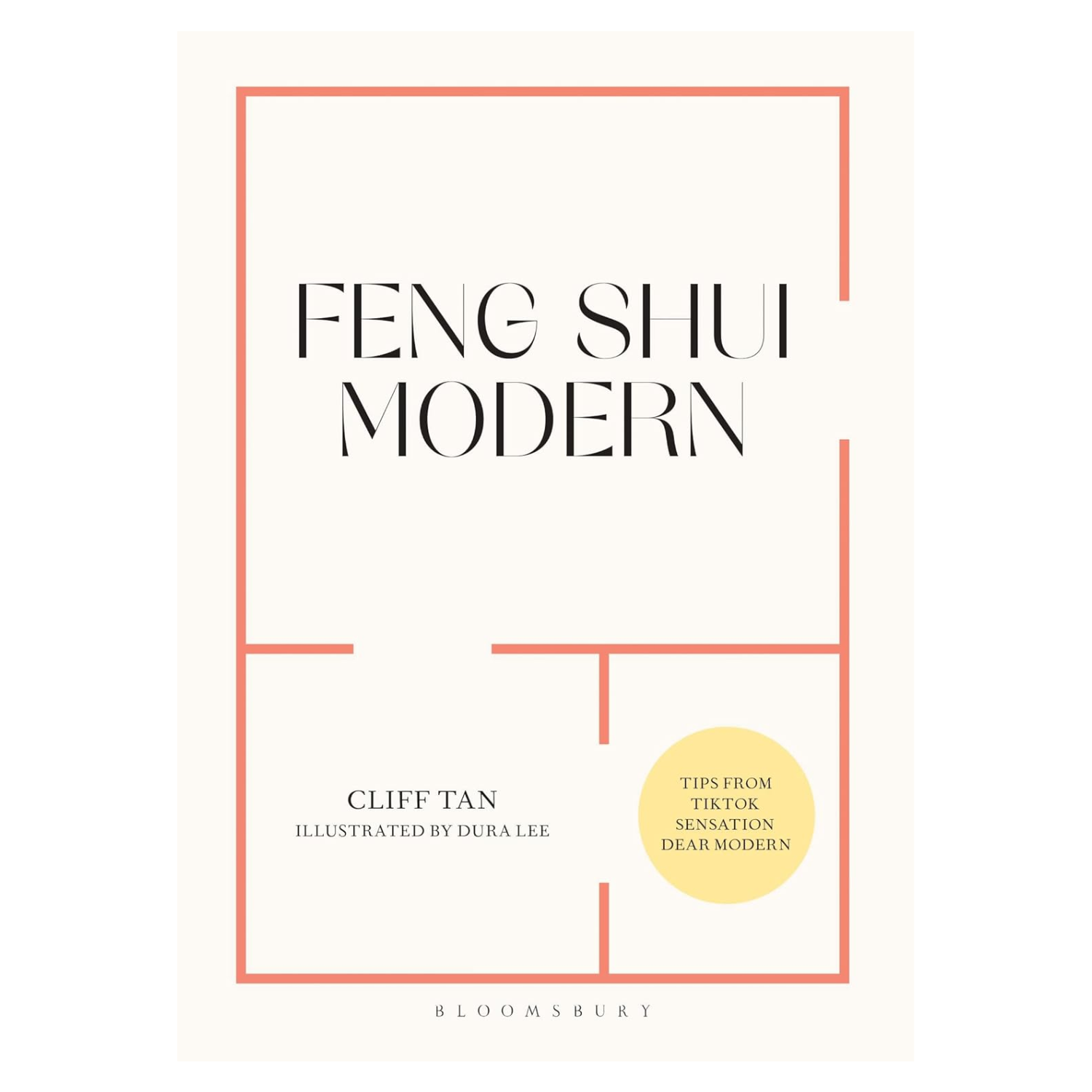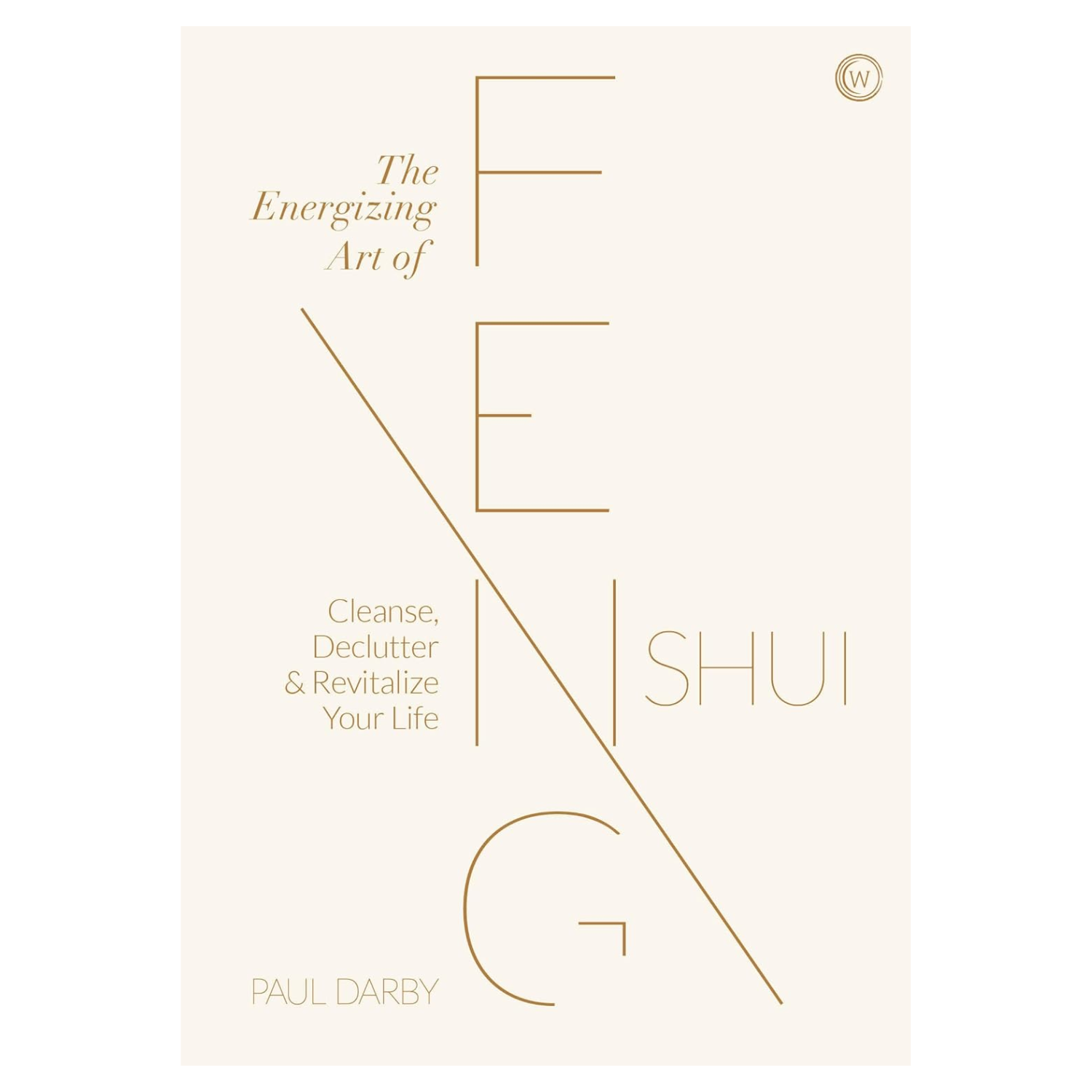This Feng Shui Expert's 'Rule of Three' Has Made Me Completely Rethink How I Decorate
If your living space feels out of touch and imbalanced, you might want to give this rule a try
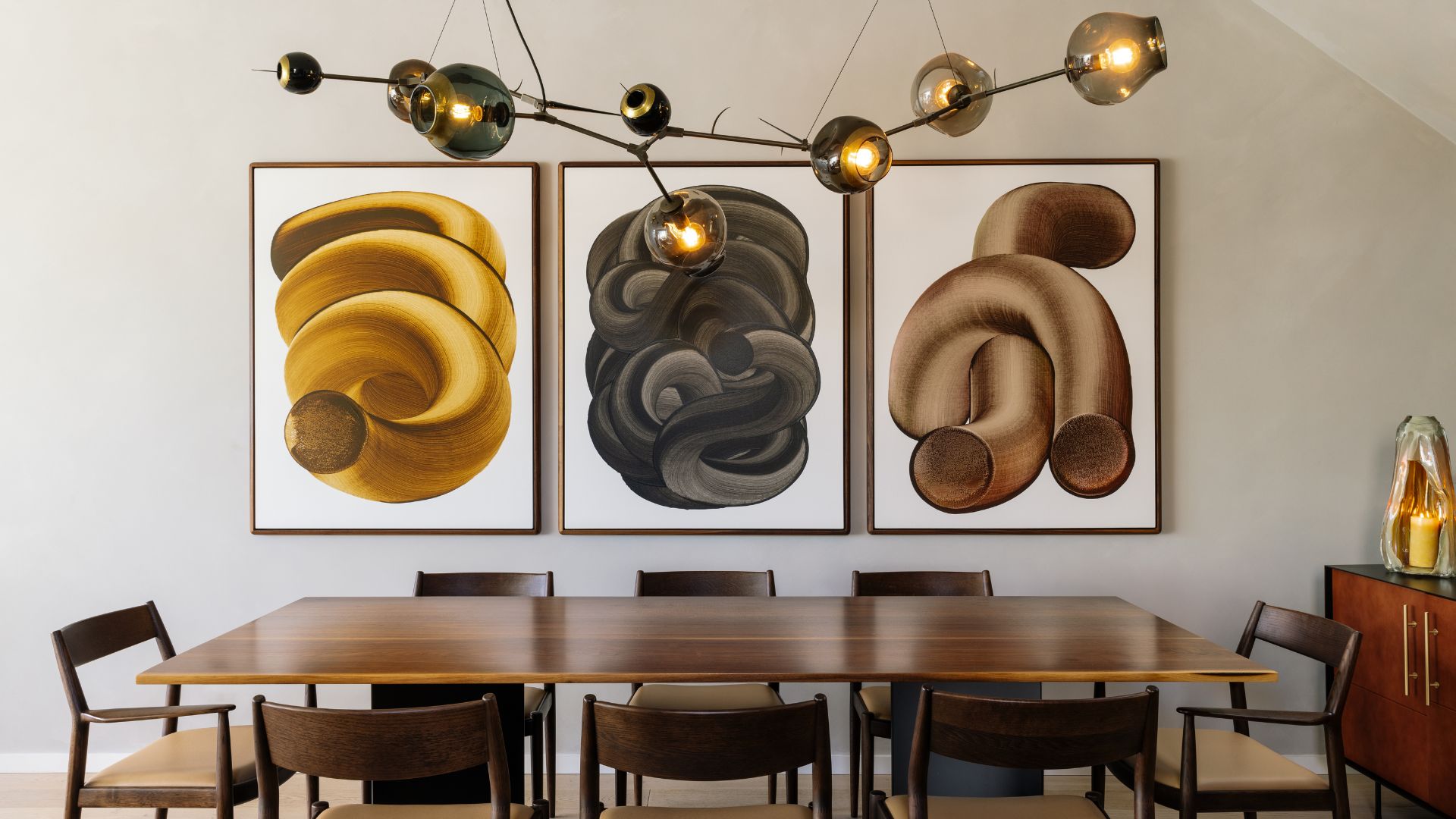

Have you ever walked into a friend's place and noticed that the home seems to be immaculately decorated with a sense of symmetry flowing through every corner of the house?
Chances are that a couple of Feng Shui principles are at play in their living space, even if they've not necessarily meant to follow this philosophy's practices. When it comes to this ancient Chinese philosophy, one of the most popular techniques in interior design happens to be the rule of three. This design rule allows you to create a space that is more cohesive and flows better. In Feng Shui, it's believed that following this odd-numbered pattern can create balance in different parts of your home.
But that's not all. There is so much more to the rule of three in Feng Shui, and to understand it better, I spoke to an expert — and here's what they had to say.
What Is the Rule of 3 in Feng Shui?
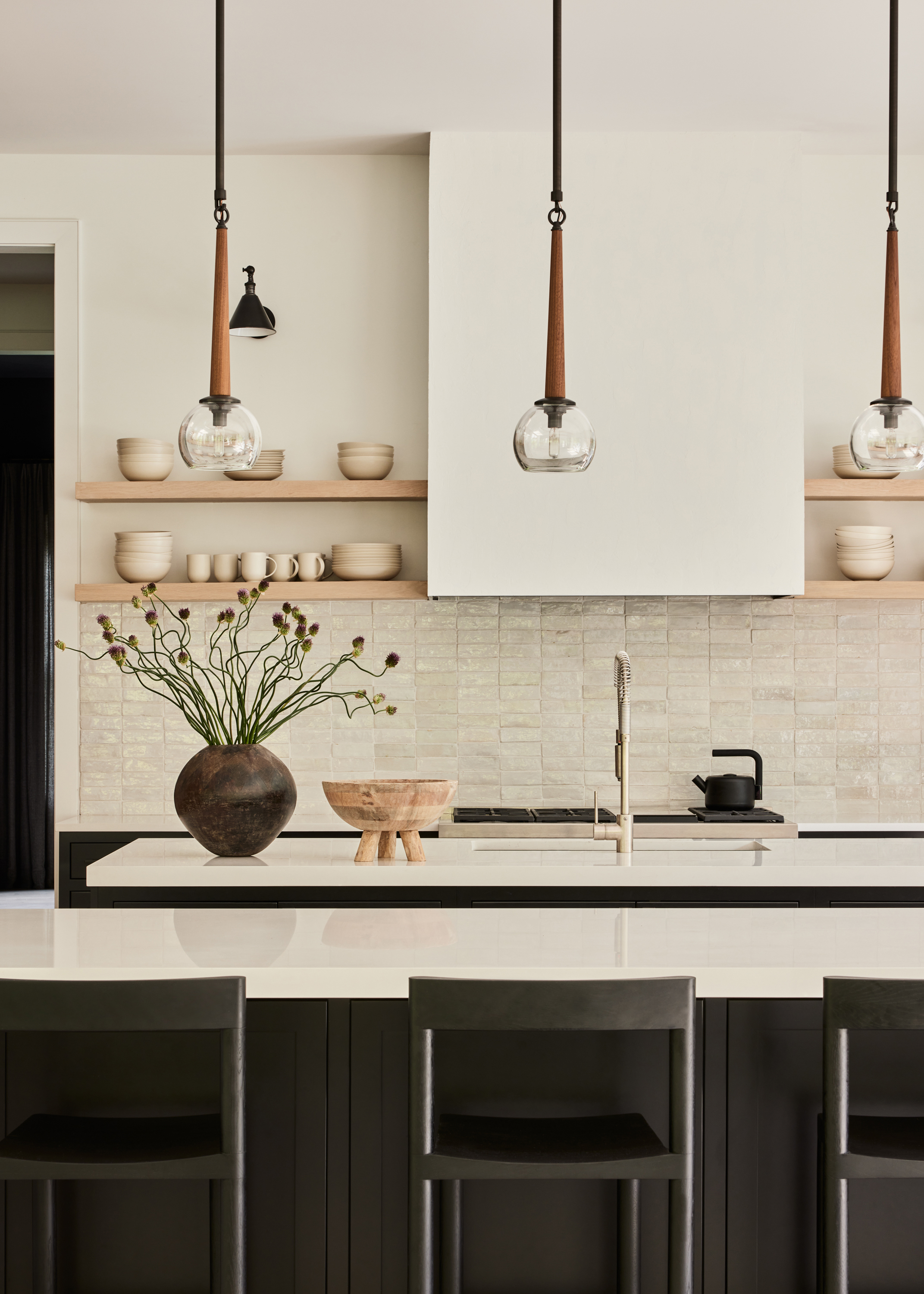
Perfect symmetry with a set of three.
"The Rule of Three in Feng Shui is the interrelatedness to balance, rhythm, and energetics," explains house therapist and Feng Shui expert Amy Babish. "Essentially, it signifies three elements working together to create a sense of movement and completion."
For a long time, we've seen interior designers use the rule of three to create interesting color schemes, and it's also been used as a part of outdoor planning by planting in threes to mimic natural foliage.
In Feng Shui, Amy finds that the rule of three is often oversimplified as a design principle."In reality, it’s central to Shui and structurally woven through nature, energy systems, and the way we experience our environments," she notes. "The rule of three is foundational in Shui, influencing everything from the flow of qi to the Taoist Cosmic Trilogy."

Amy Babish, MA, LPC, ATR-BC, is a somatic expert, house therapist (Feng Shui), and Alchemical Family & Systems Constellations facilitator with over 20 years of experience. She helps people feel at home in themselves, their bodies, their homes, and within their lineage by blending somatic coaching, Feng Shui, Taoist Stone Medicine, and Constellations. Amy works with those who’ve plateaued in therapy and mindset work, guiding them to transmute stuck energy and dissolve intergenerational patterns into clarity, alignment, and a sense of profound belonging.
How Can You Apply the Rule of 3 in Feng Shui?
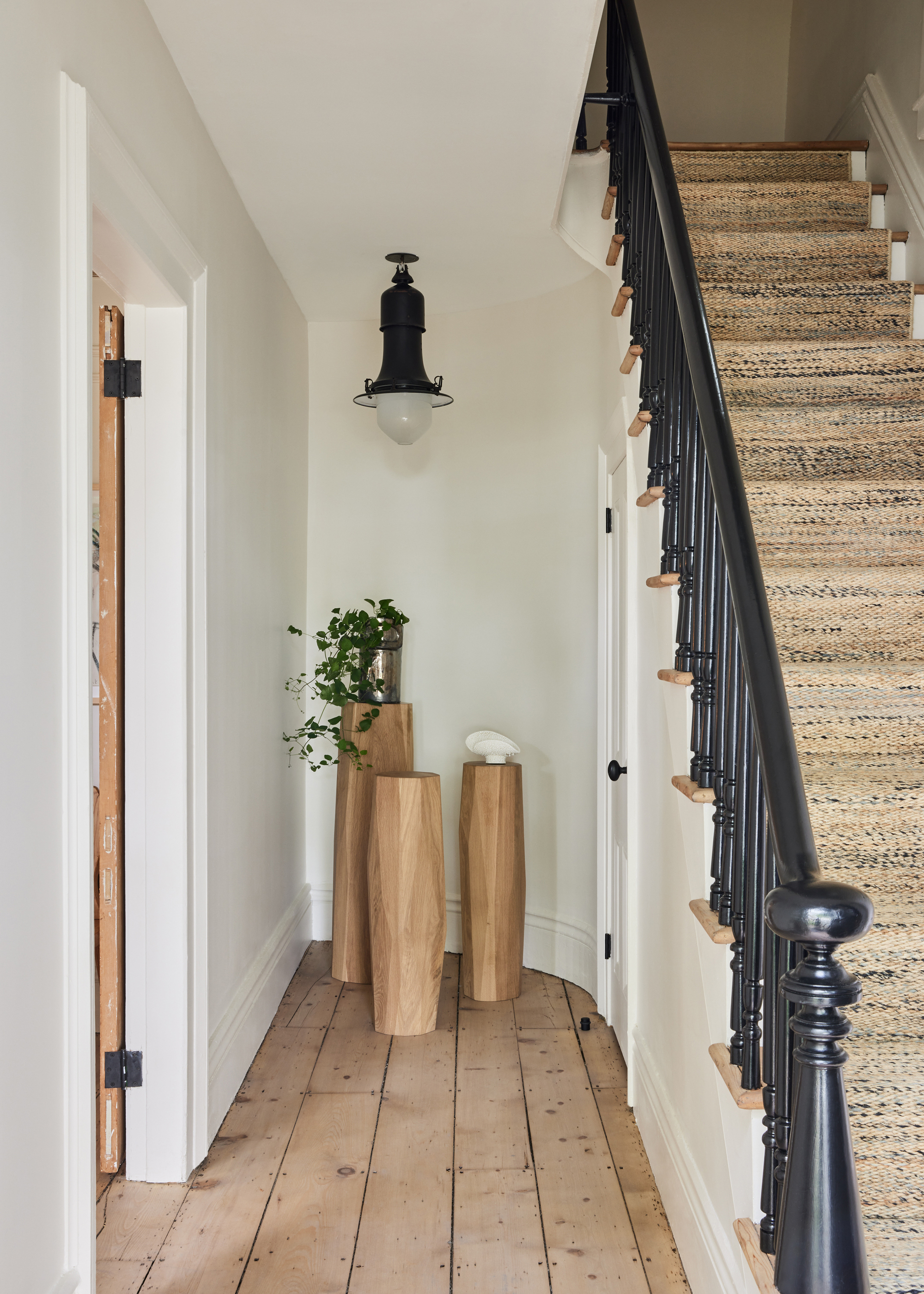
Bend the rules by going for unidentical trios.
Applying the rule of three is fairly simple. All you need to do is formulate groups of three with certain decorative components in your home.
According to Amy, the element of wood loves to support the rule of three. She explains that arranging three Feng Shui plants, images of plants, or prints with wooden frames can trigger this support.
"You can also activate change by bringing together three complementary elements," she adds. "For example, wood for growth, metal for clarity, and water for flow."
She goes on to explain that this principle can be especially helpful in homes or businesses where stagnation exists, such as in relationships, careers, or your personal life. So by activating the rule of three, you can help move some energy and in turn improve the ambiance of your home.
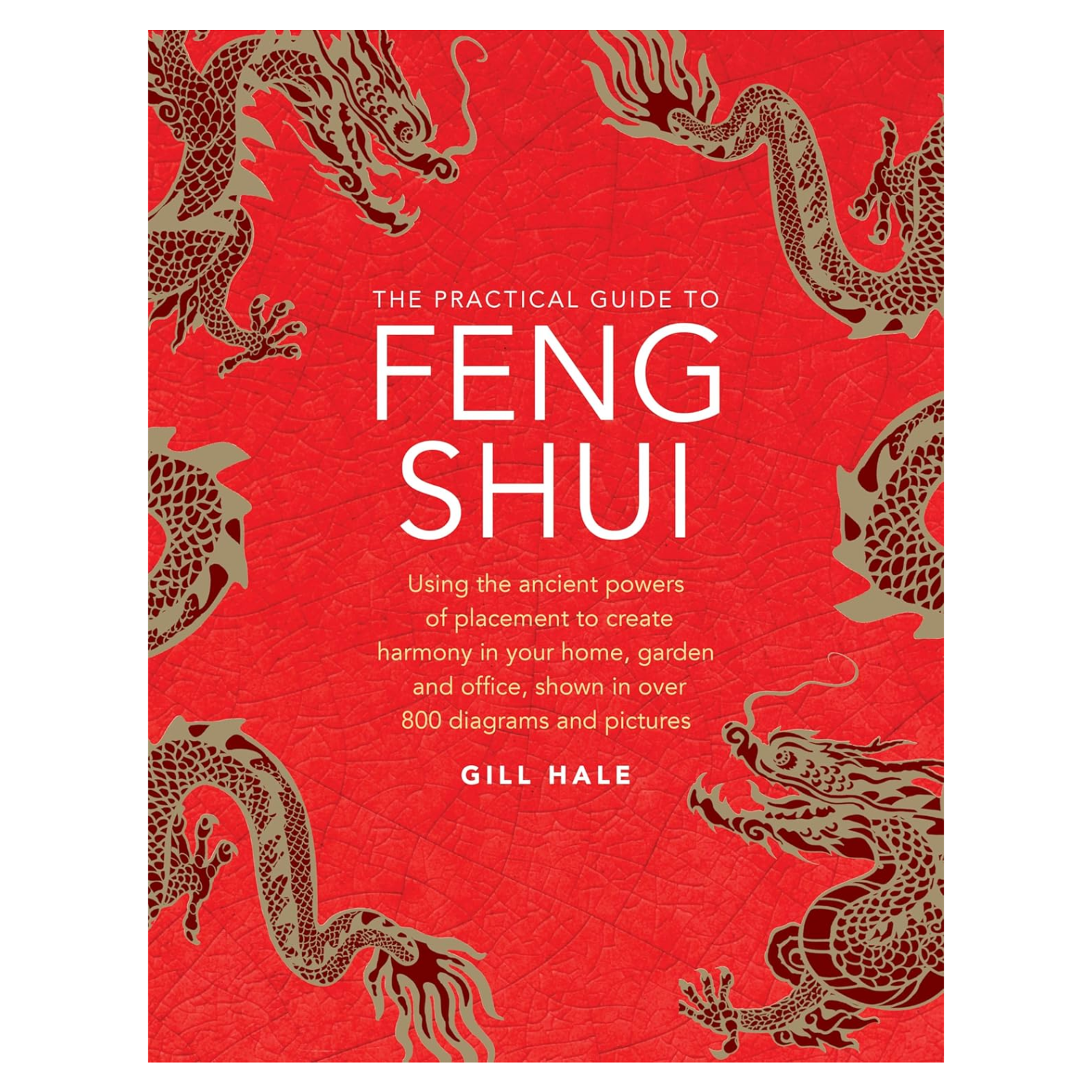
Price: £15.79
Format: Hardcover
'The Practical Guide To Feng Shui by Gill Hale' from Amazon is the perfect buy for design enthusiasts with an interest in expanding their knowledge of this ancient philosophy.
FAQs
What Does the Number 3 Mean in Feng Shui?
"The number 3 is associated with growth, expansion, and upward movement. Think plants sprouting from the earth in spring," says Amy. "In Taoist numerology (also factored in Feng Shui), it represents the alchemy of two forces creating a third, birthing new possibilities."
In the deepest sense, Amy explains that the rule of three in Feng Shui is about cohesion between forces.
"It reflects the innate organizing principle of nature, how qi moves, and how our environments shape ourselves and our lives," she notes. "When intentionally applied, it can elevate a space from simply arranged or looking beautiful or organized to being a partner in co-creation."
However, she warns that when the rule is applied without intention it can introduce restlessness or instability. So if you do choose to improve the balance in your home with the help of this Feng Shui principle, do so with presence and purpose.
Be The First To Know
The Livingetc newsletters are your inside source for what’s shaping interiors now - and what’s next. Discover trend forecasts, smart style ideas, and curated shopping inspiration that brings design to life. Subscribe today and stay ahead of the curve.

Amiya is a Home Wellness Writer at Livingetc. She recently graduated with a Masters Degree in Magazine Journalism from City, University of London, and has lent her words to beauty, fashion, and health sections of lifestyle publications including Harper’s Bazaar and Women’s Health. Her experience as a research analyst has equipped her with an eye for emerging trends. When she’s off the clock, she can be found reading, listening to music, or overanalyzing her latest Co-Star update.
-
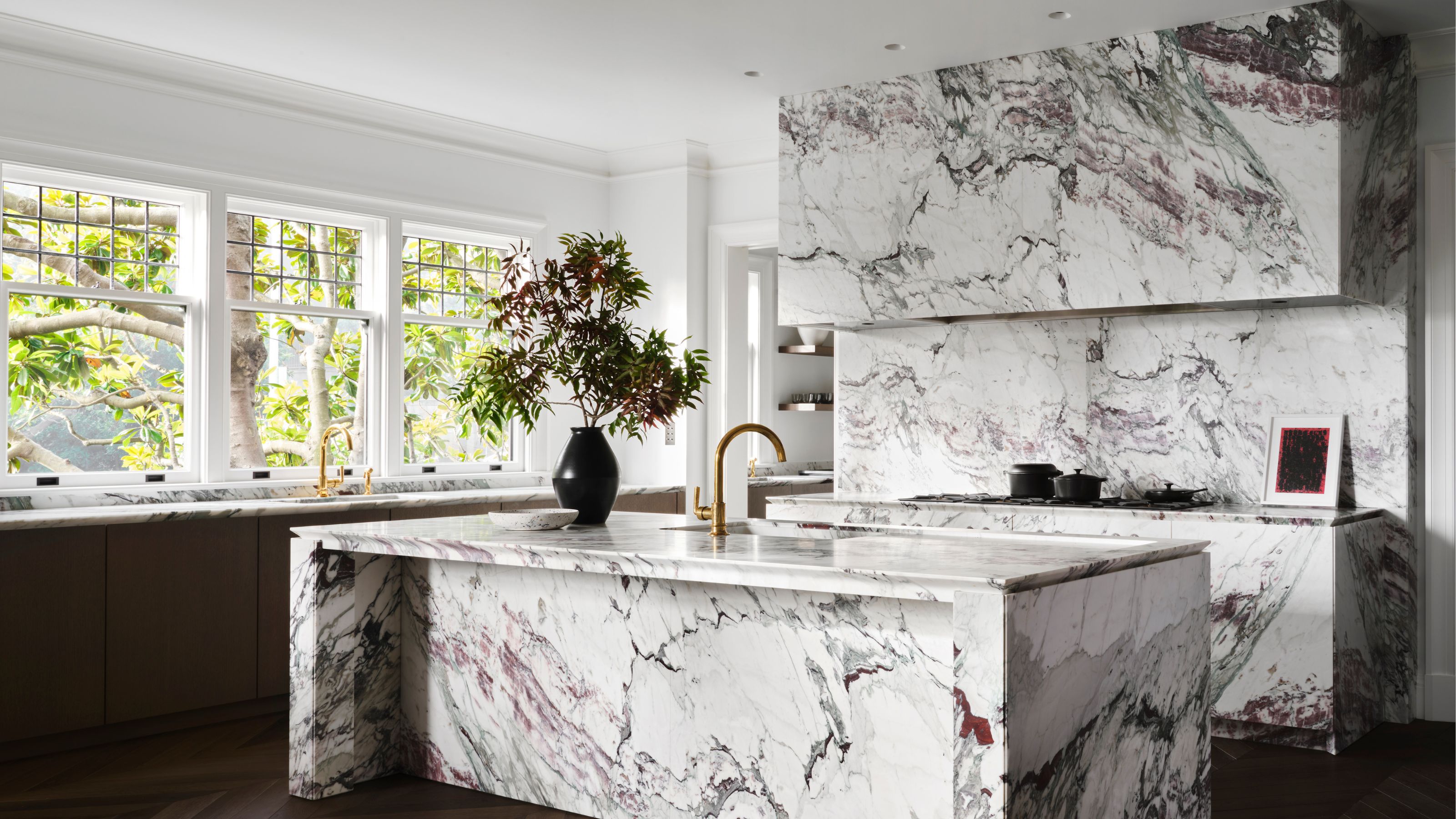 5 Kitchen Stone Trends We’ll See in 2025 — Experts Highlight the Show-Stopping Finishes Taking Center Stage
5 Kitchen Stone Trends We’ll See in 2025 — Experts Highlight the Show-Stopping Finishes Taking Center StageLet’s be honest: there’s nothing more lasting and versatile for kitchen surfaces than stone. These are the timeless choices you should make in 2025
By Aditi Sharma
-
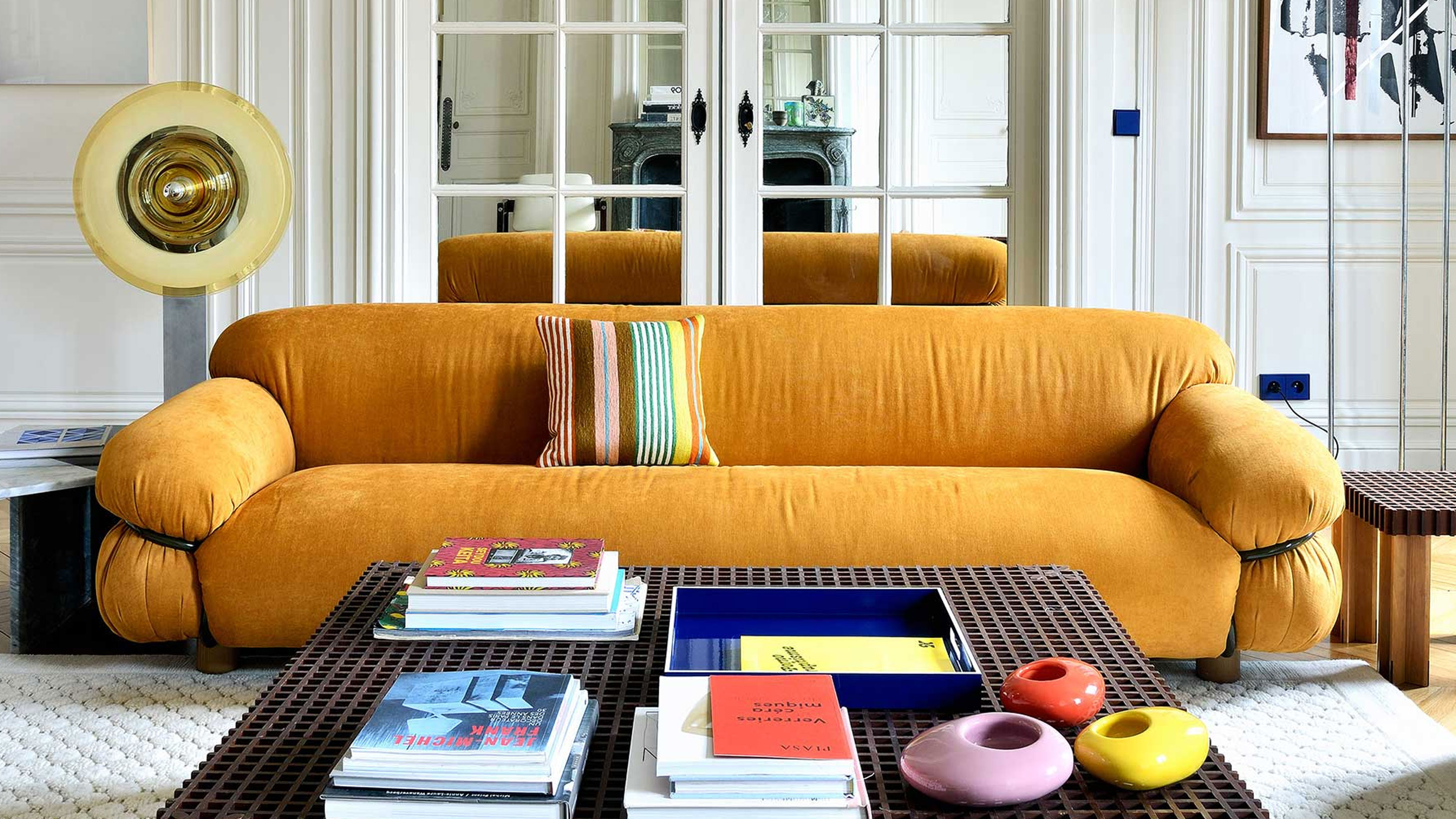 What Does the Color Yellow Mean in Interior Design? A Color and Design Psychology Expert Explains
What Does the Color Yellow Mean in Interior Design? A Color and Design Psychology Expert ExplainsWhether you love or hate it, yellow always seems to elicit a strong reaction from people — here, we explain why
By Karen Haller
-
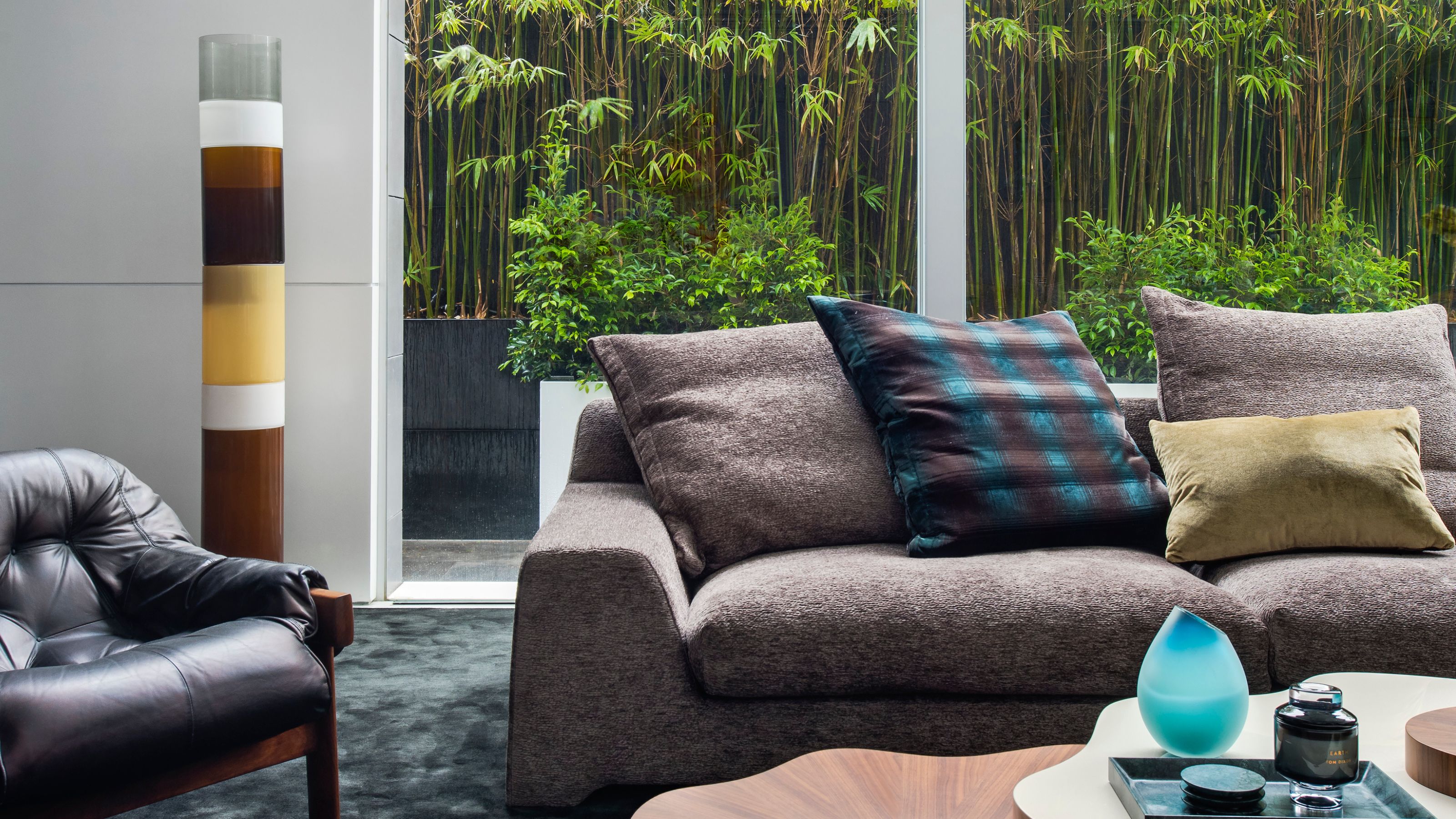 These Are the Dos and Don'ts of Bamboo Plant Placement — Follow This to Avoid Bad Feng Shui
These Are the Dos and Don'ts of Bamboo Plant Placement — Follow This to Avoid Bad Feng ShuiBy following the experts' guidance on where to place this houseplant you can usher luck, wealth, and prosperity into your home
By Lilith Hudson
-
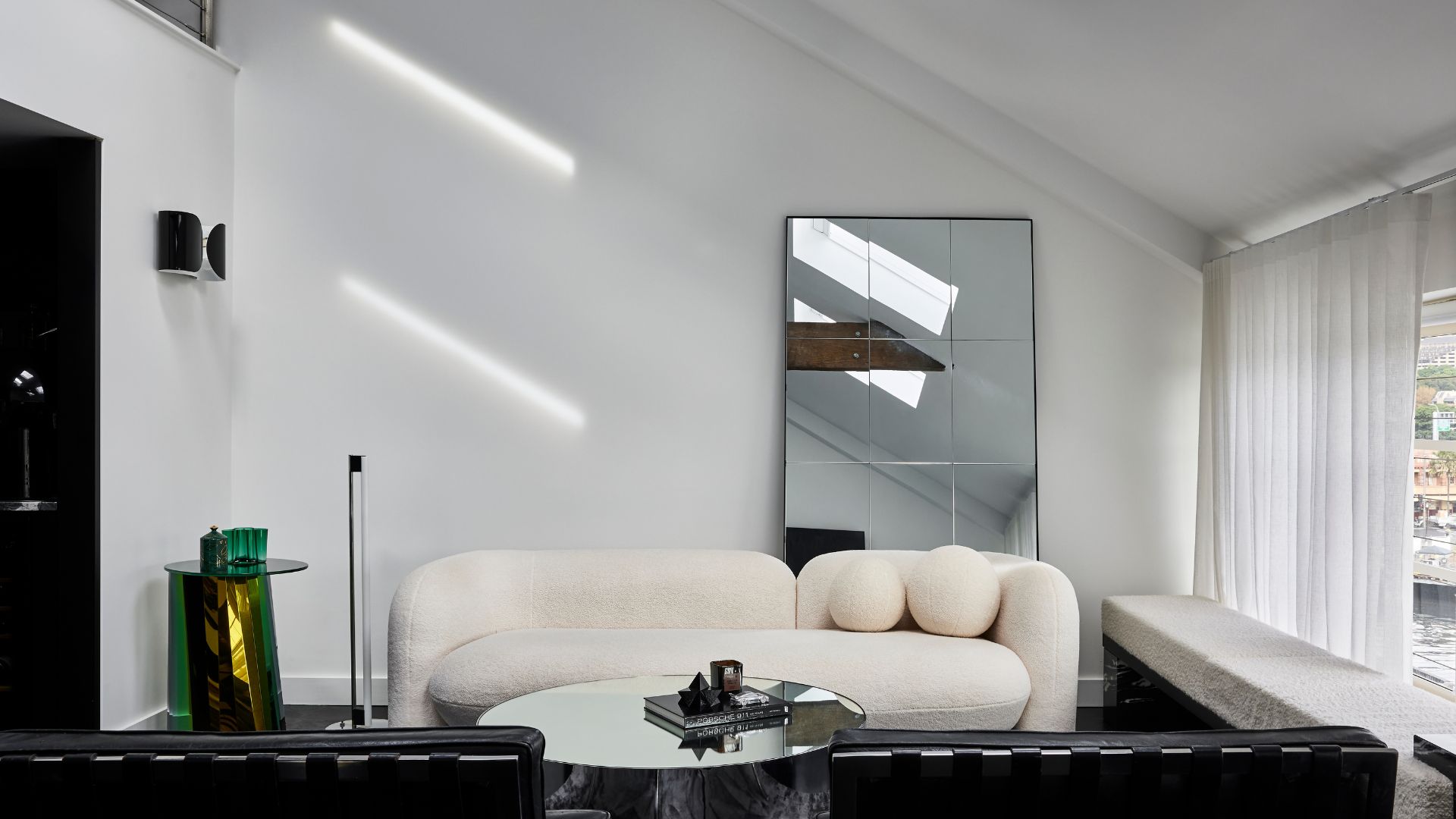 Is It Okay to Have a Mirror Facing a Door in Feng Shui? The Verdict Is In and It Just Might Surprise You
Is It Okay to Have a Mirror Facing a Door in Feng Shui? The Verdict Is In and It Just Might Surprise YouDecorating your home with mirrors calls for intention if you're dressing your space in accordance with Feng Shui. Here's what you should know.
By Amiya Baratan
-
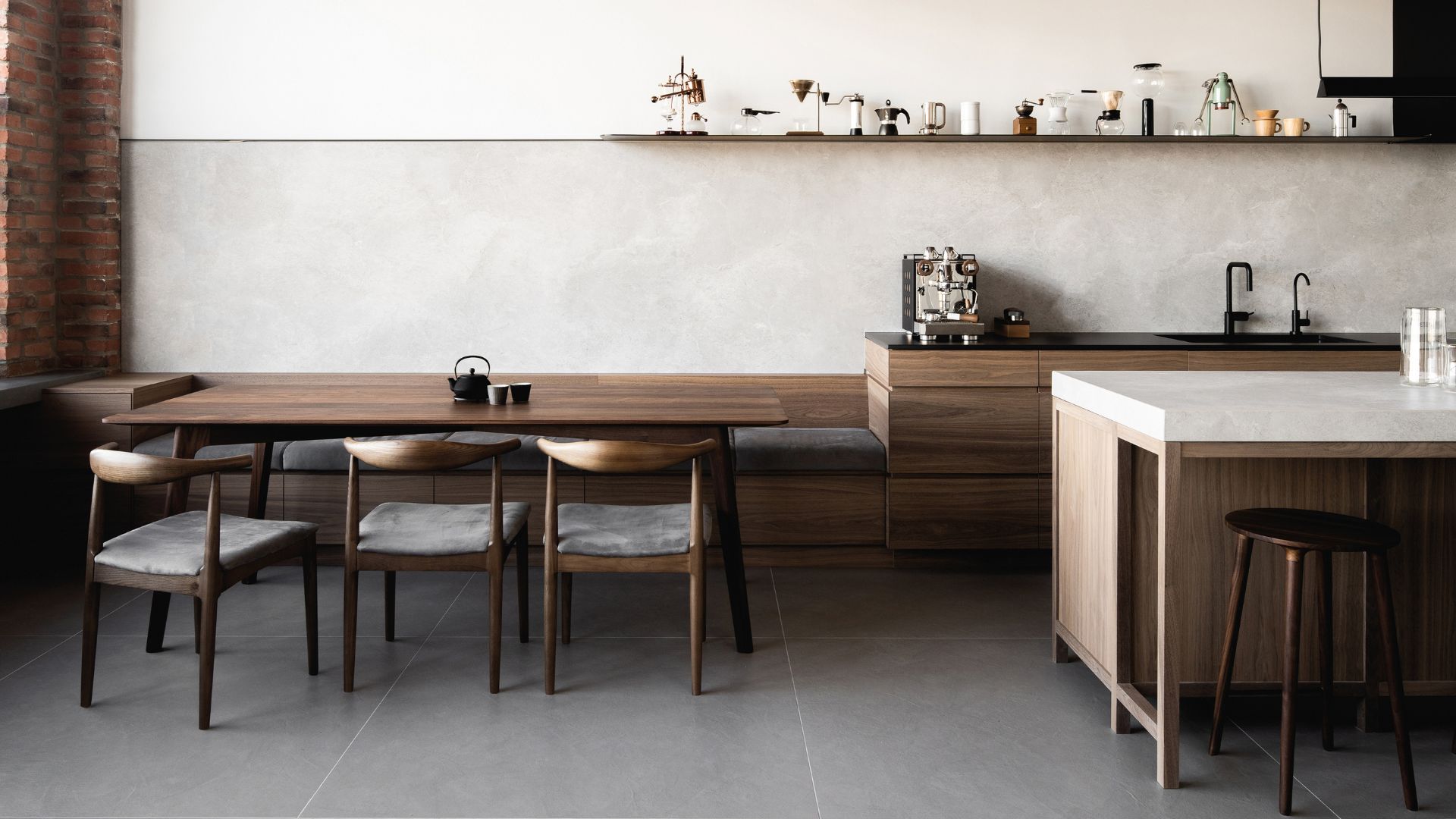 4 Things to Unpack as Soon as You Move House — For a Comfortable and Organized Fresh Start
4 Things to Unpack as Soon as You Move House — For a Comfortable and Organized Fresh StartIf you have a major move in the works and you're looking to prepare in advance, this is the starter kit you need to properly set up your new home.
By Amiya Baratan
-
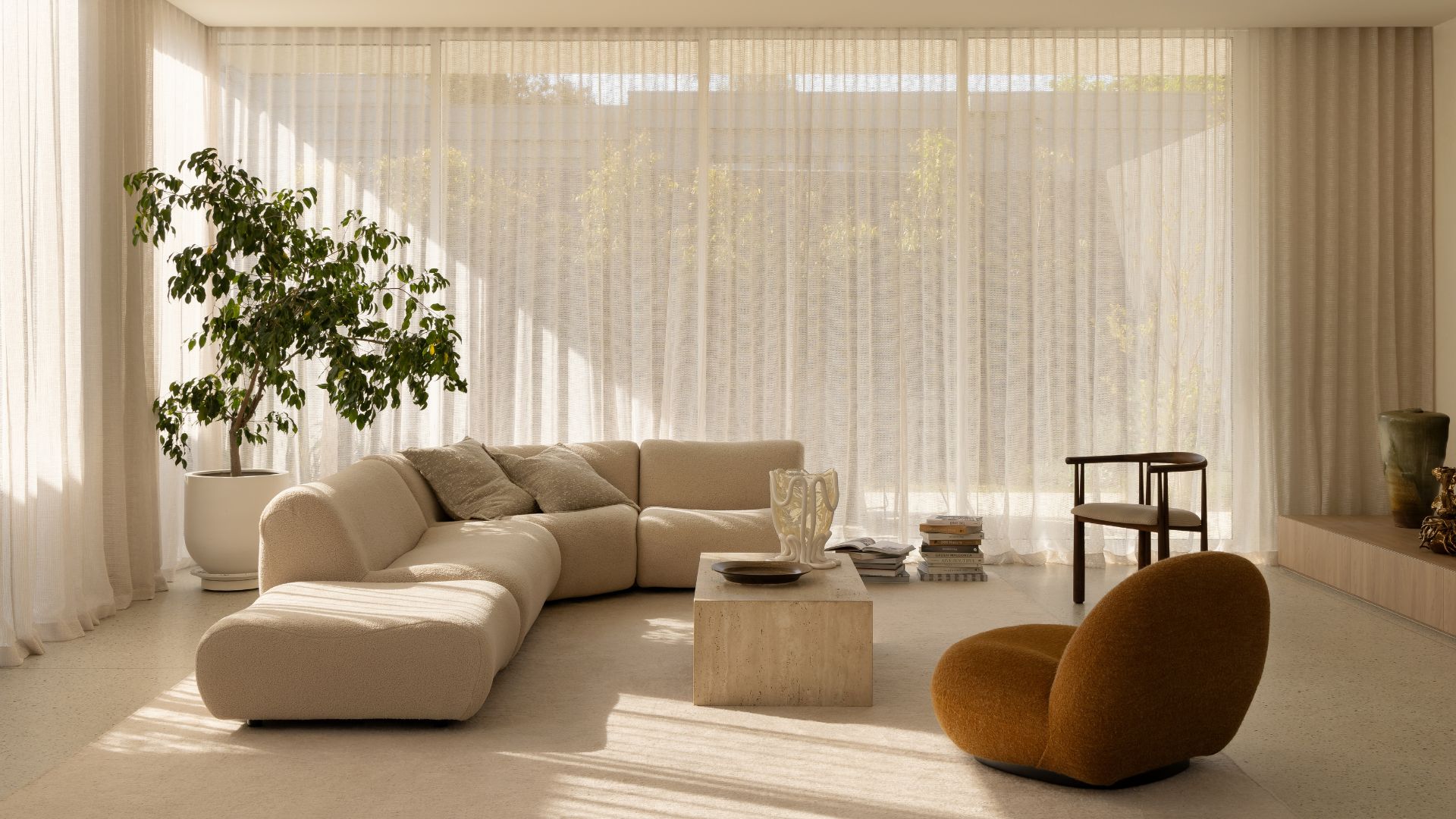 10 Decluttering Challenges to Have on Your Radar This Year — For a Tidier, More Mindful Home
10 Decluttering Challenges to Have on Your Radar This Year — For a Tidier, More Mindful HomeIf you're interested in transforming your home for the better, here are 10 decluttering challenges I recommend for a professionally tidy space.
By Amiya Baratan
-
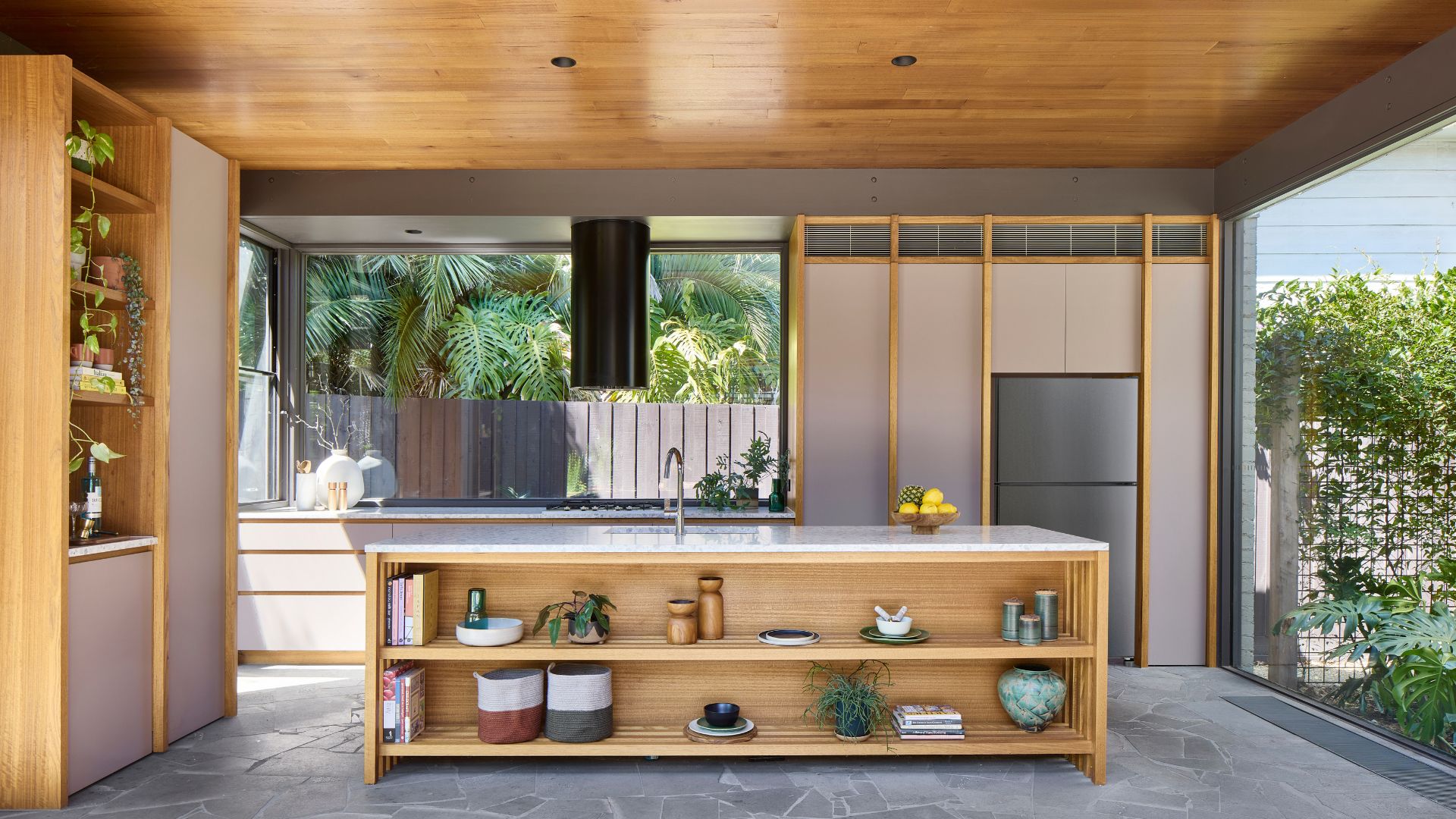 Biophilic Decluttering — What to Take Out of Your Home (and What to Put in) for a More Natural Home
Biophilic Decluttering — What to Take Out of Your Home (and What to Put in) for a More Natural HomeTry your hand at biophilic decluttering to ground your interiors, connect to the environment, and cure chronic clutter in one go. Here's how.
By Amiya Baratan
-
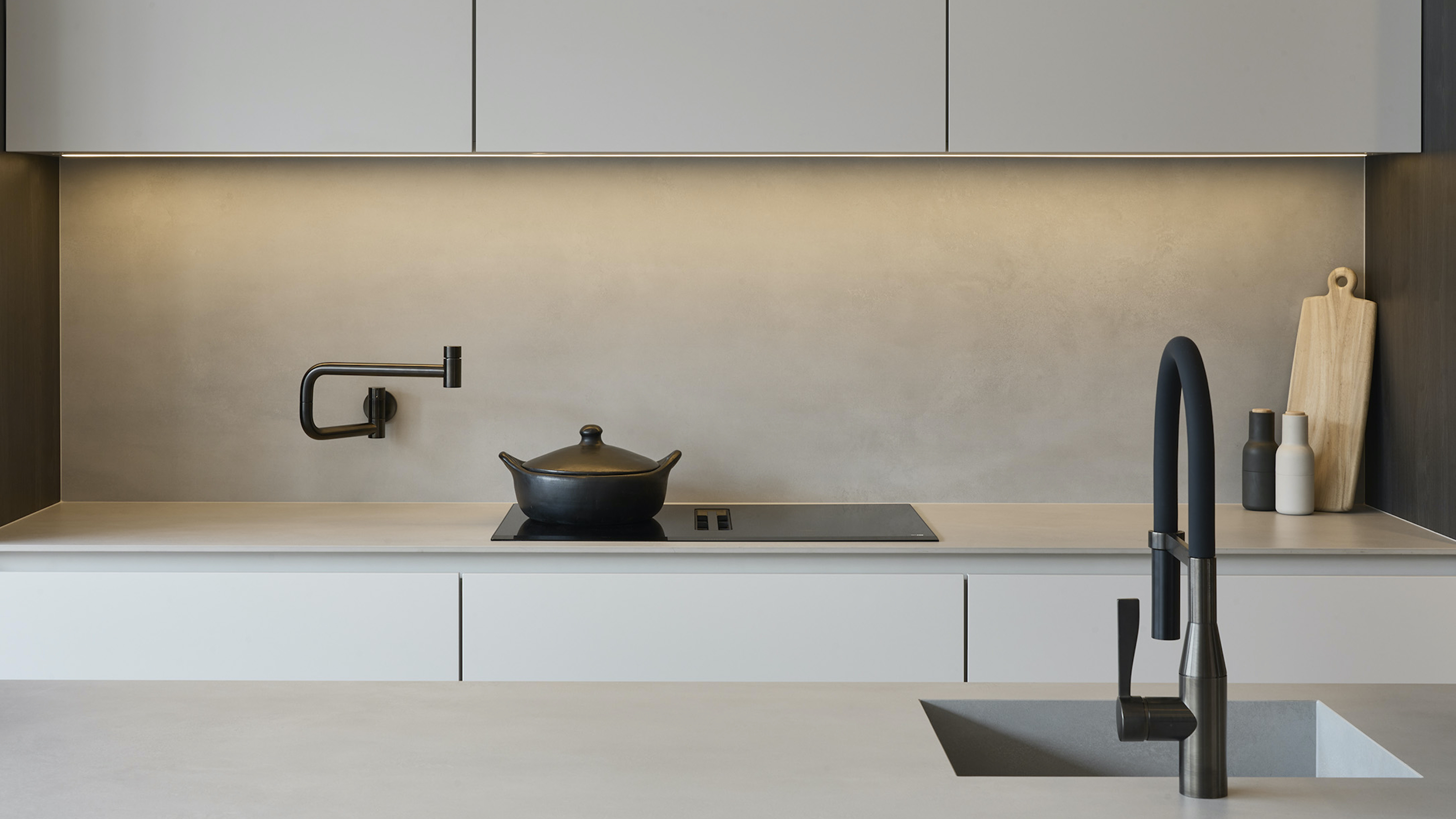 The 10 Different Types of Kitchen Taps — And the Pros and Cons of Each One to Know Before You Pick
The 10 Different Types of Kitchen Taps — And the Pros and Cons of Each One to Know Before You PickFrom sleek pull-outs to vintage bridge taps, explore 10 kitchen tap styles that mix function, flair, and a splash of cool
By Linda Clayton
-
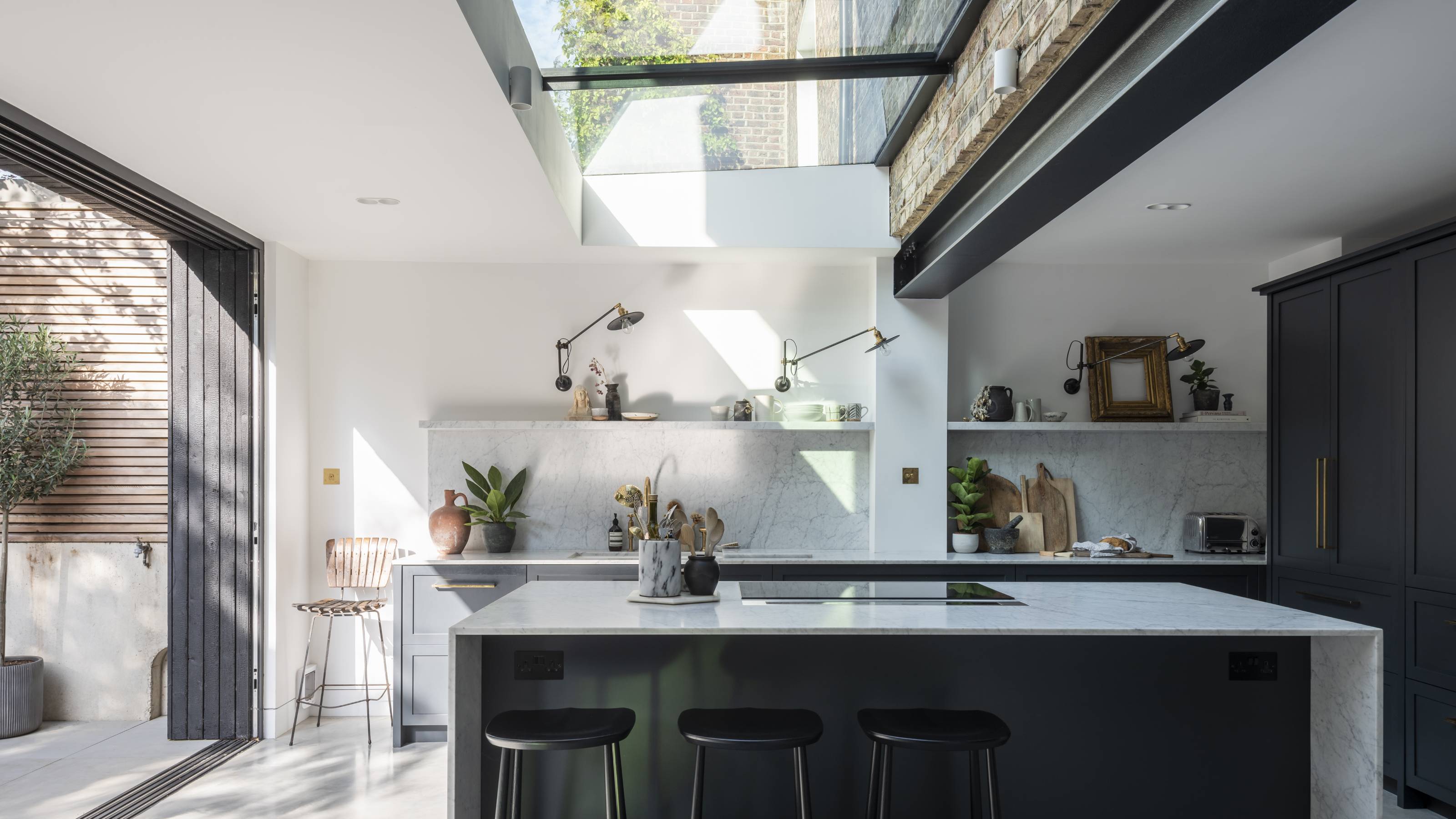 How Much Does an Extension Cost in 2025? Renovation and Design Experts Break Down Your Budget
How Much Does an Extension Cost in 2025? Renovation and Design Experts Break Down Your BudgetExplore how much different types of extensions cost in 2025 to budget for your project accurately
By Amy Reeves
-
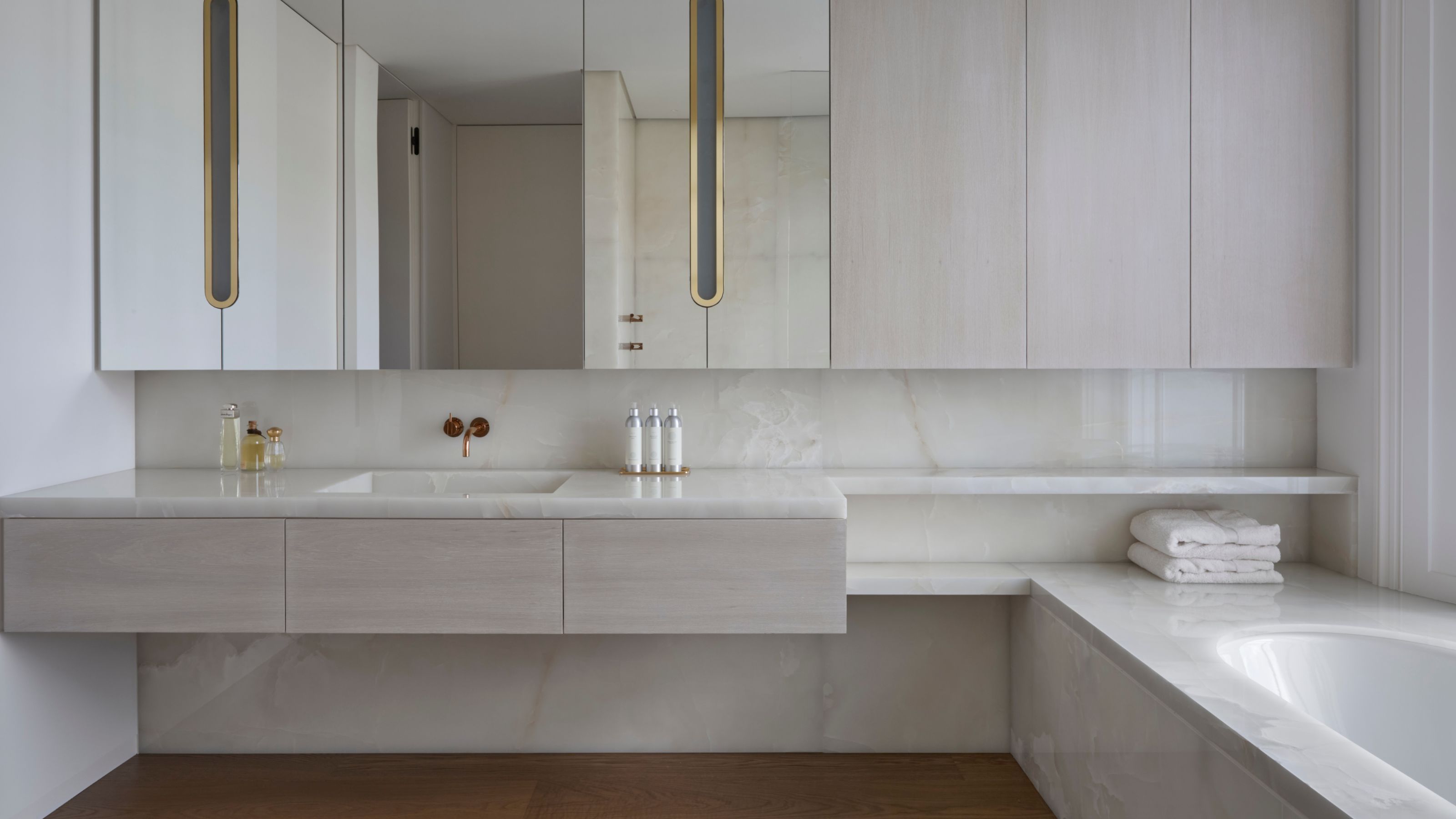 9 Bathroom Storage Mistakes You're Probably Making That Make Using This Space Much Harder — And What to Do Instead
9 Bathroom Storage Mistakes You're Probably Making That Make Using This Space Much Harder — And What to Do InsteadDiscover which mistakes are to blame for your overcrowded and cluttered bathroom
By Seraphina Kyprios
